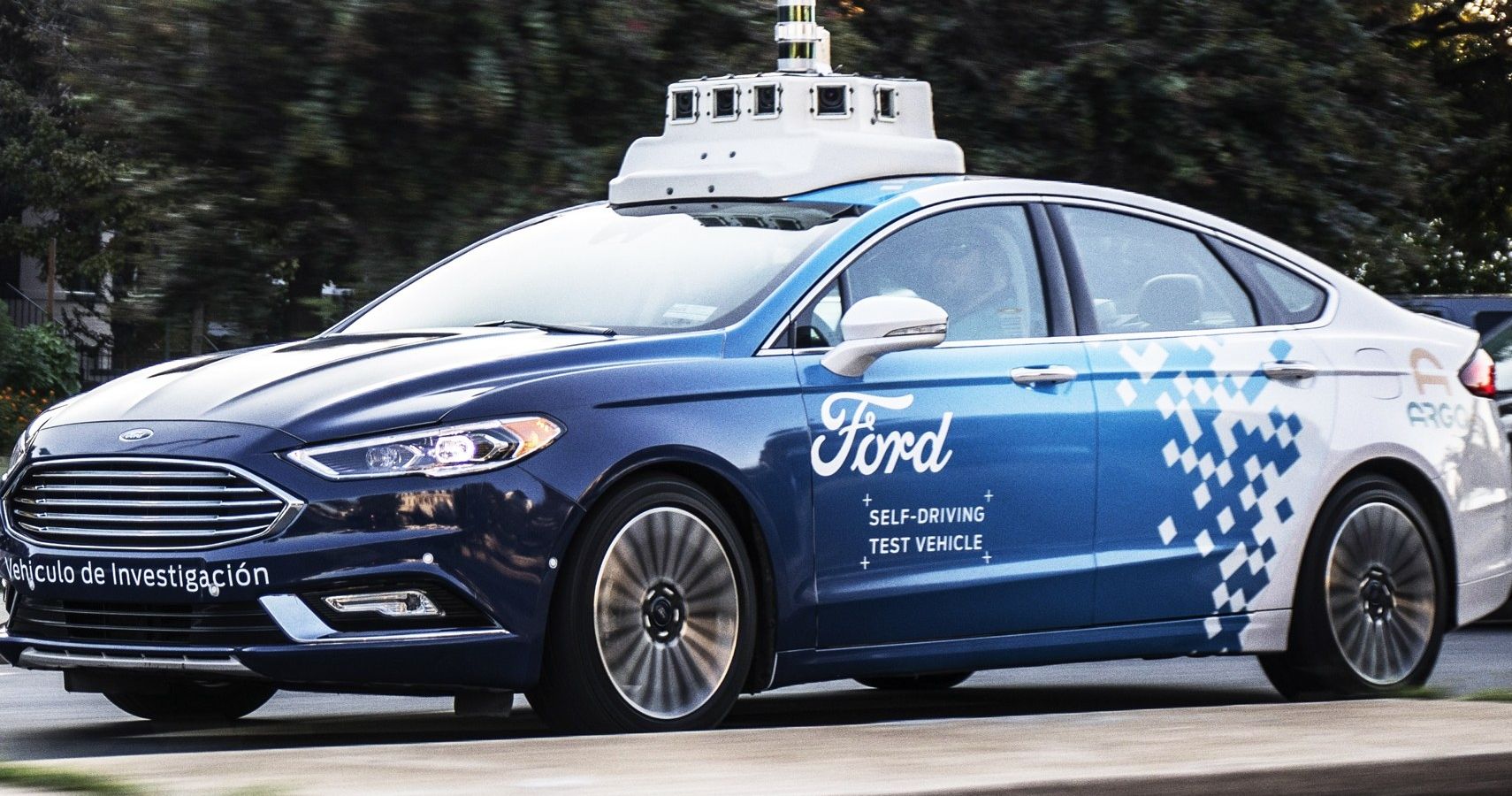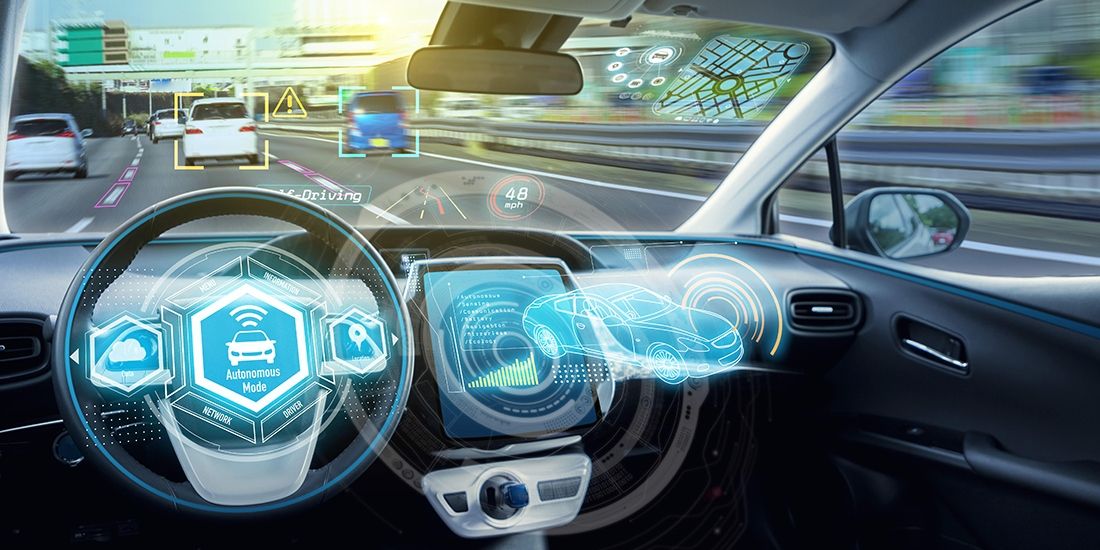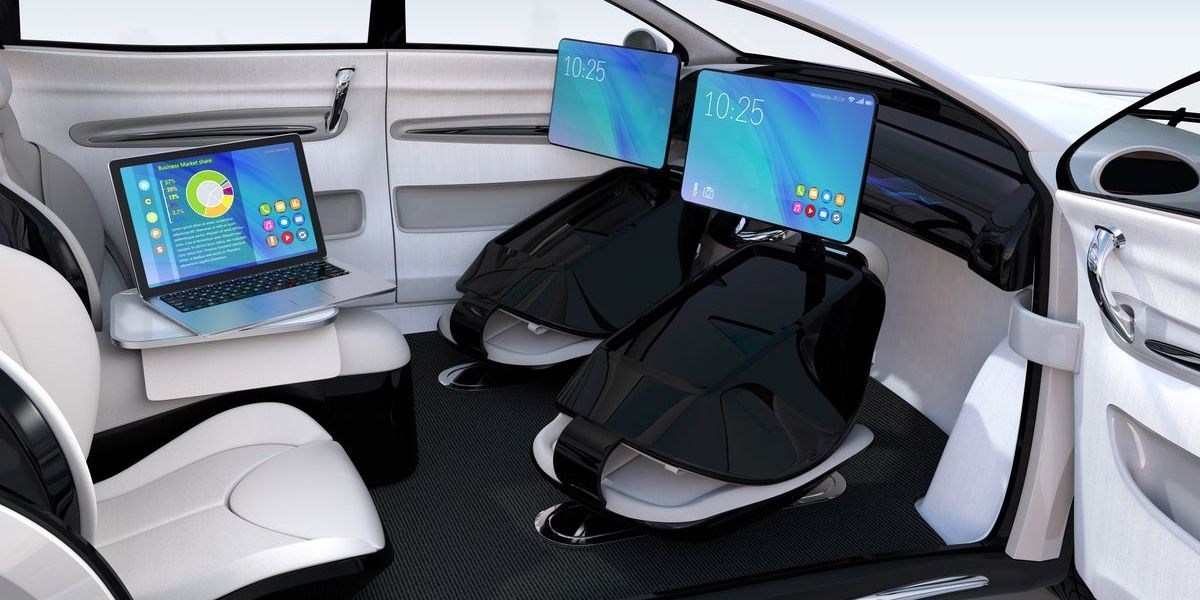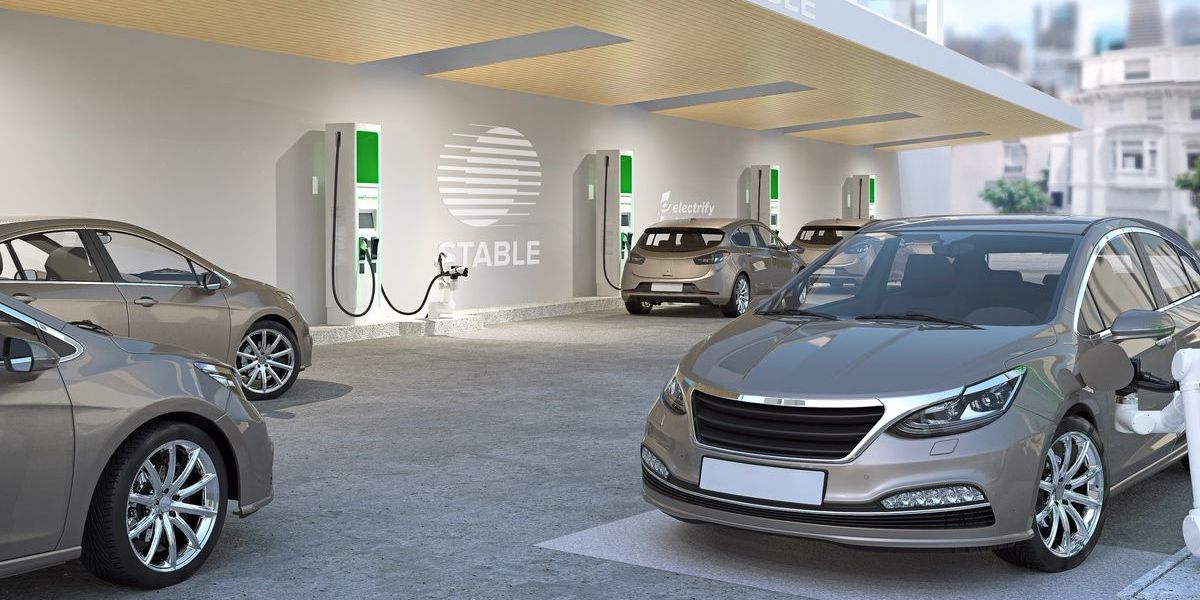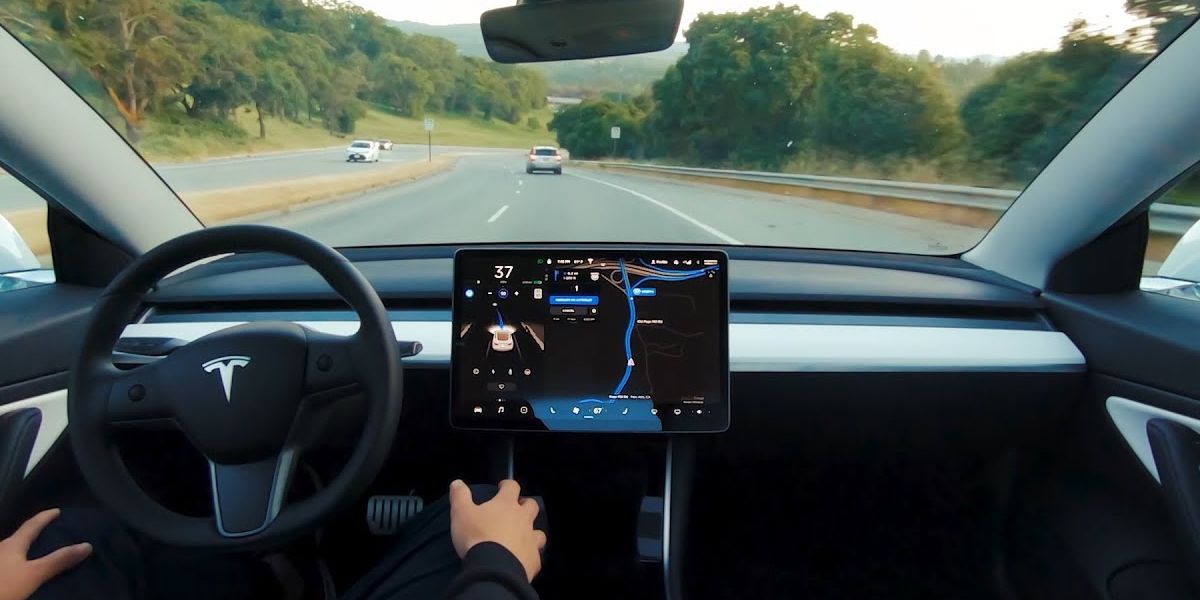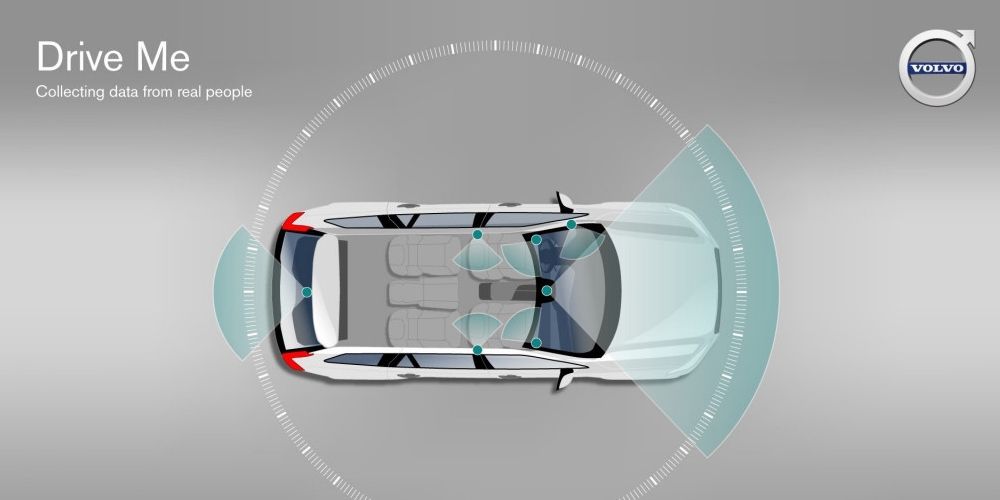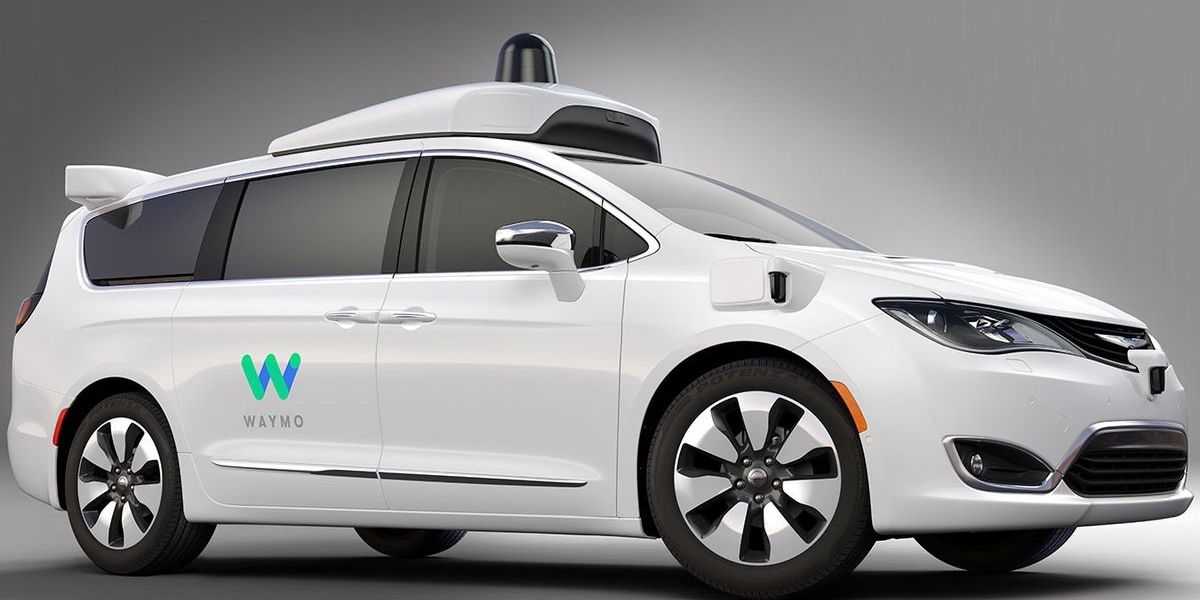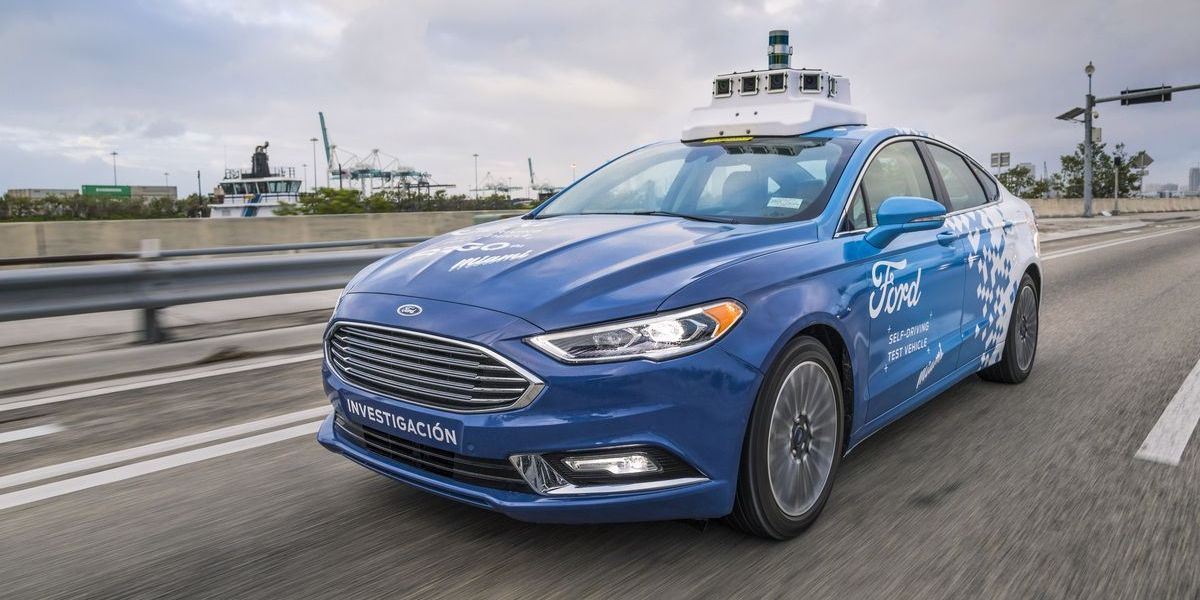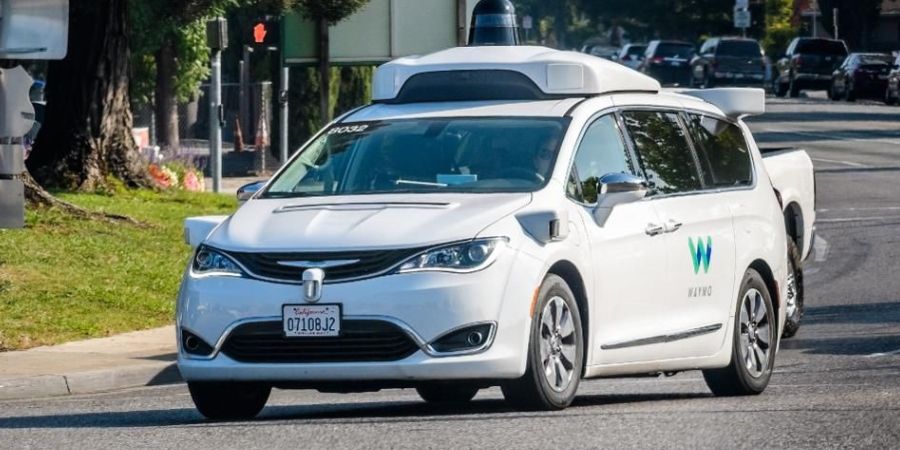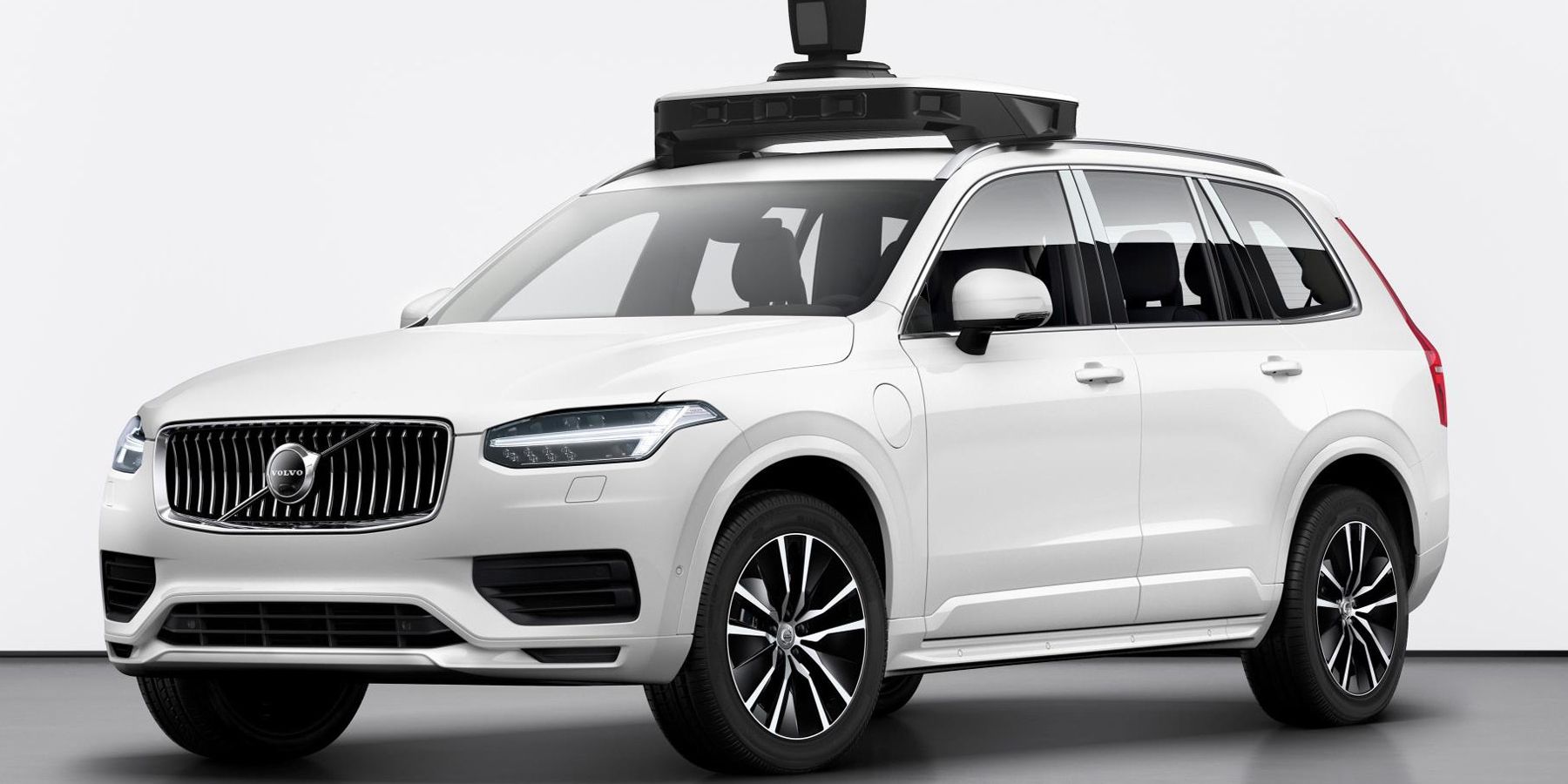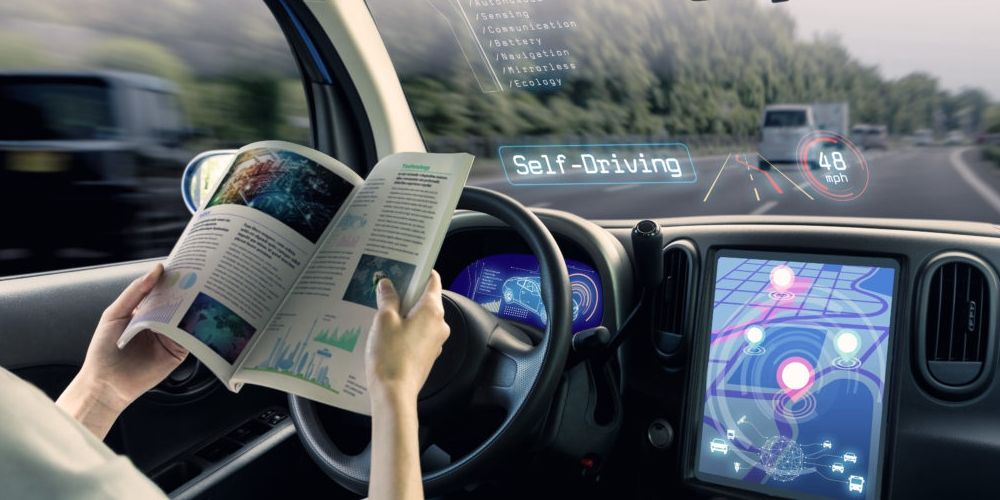Since the dawn of the Industrial Revolution, mankind has been striving for a more efficient way to accomplish our daily tasks. A big part of that has been putting our research and development efforts into automation. Our factories are a perfect example of that; mass producing nearly perfect and identical products with limited human interaction. More and more things are being automated to save us time and money. The prime target nowadays is cars. We spend so much time driving and sometimes, humans are pretty horrible at it. While in theory, the idea sounds safer and more efficient, there is a mountain of bugs to be ironed out and progress has been slow. Here are ten updates on the future of the self-driving car.
10 Self-Driving Shuttles In New York
New York might seem like the worst place to have self-driving cars. Famous for traffic so congested that the streets look like parking lots, the subway might be a better option. However, on the other hand, with such conditions, it might seem like the perfect place for automated vehicles. Part of the cause for congestion, traffic, and accidents, is due to human error.
Of course, the sheer number of cars contributes to this. Whatever your stance on it, a company in New York has launched a self-driving shuttle business; six buses with six seats. However, don’t expect to see these minibusses on the main streets. For now, they are confined to a stretch of a private road.
9 GM’s Ultra Cruise
General Motors has had a feature available for their Cadillacs known as ‘Super Cruise.’ Essentially, it allows for hands-free driving utilizing cameras, sensors and other technologies. It is not fully autonomous as you still have to pay attention to any sudden hazards that might unexpectedly pop up. In fact, the one series of cars outfitted with this feature, the CT6, monitor where your eyes and face are looking to ensure that you are paying attention.
In 2020 they plan on releasing the CT5 which will have the Super Cruise but dates for the improved ‘Ultra Cruise’ feature are currently unknown. There is a patent on file for it and the GM CEO has stated it will be much better than their current feature but has made no promises for when we can expect it.
8 If You Want A Tesla, Prepare To Break The Bank
Tesla prides themselves on being one of the leaders of this brave new frontier. Their Autopilot feature is about the closest thing we currently have to self-driving cars. However, by no means are they completely autonomous. A real person must still be behind the wheel and you still must be paying attention. Some of the criticism against the Autopilot set of functions is that it drives too gingerly, not able to move with the quick, decisiveness that humans can, and sometimes need when operating a vehicle. Still, they are not only pushing to install this technology in as many models as possible, but they are also raising the price by several thousand dollars if you opt to have it in your car.
7 Boldly Go Where No Tesla Has Gone Before
As mentioned in the last section, Tesla wears its innovation as a shining badge of honor. They have the most efficient electric and hybrid cars that are not only green but powerful and drive like European supercars. Now, they have turned their sights on the self-driving car. They’ve already made great strides with their Autopilot packages that allow the cars to cruise on highways, and come to you in a parking lot. However, Tesla is not content with these advancements. They boast that they will have complete and fully self-driving cars by next year. A bold claim to be sure and many are worried about the safety and legal repercussions about trying to stick to this self-imposed deadline. Only time will tell.
6 The UK Takes The Plunge
The United States is not the only ones interested in cultivating self-driving technology; the United Kingdom has decided to make their own strides. Their analysts predict that self-driving cars will be a big business for the UK; dozens upon dozens of billions of pounds worth.
So, they’ve decided to take the plunge into these uncertain waters. By the end of this year, they plan to have self-driving cars stretching their wings on public streets. They’ll still have humans in the driver’s seat in case something goes wrong, but gathering this raw, real-world data is vital if the UK wants to meet its ultimate goal of eliminating the need for safety drivers by 2021.
5 Waymo Expands
Waymo has cut their piece of the self-driving pie by becoming one of the few companies to get permits for testing and piloting their cars on public streets. Slowly but surely they’ve expanded their business in Phoenix, Arizona. They’ve done extensive testing of fully automated cars, with and without safety drivers. They’ve partnered with Lyft and proceeding cautiously forward with providing their vans to customers. Now, California is slowly opening its doors to the company as well. They’re starting at the beginning again, requiring safety drivers to be in the vehicle at all times and restricting the cars to certain areas. However, the company is poised for success.
4 2021 Seems To Be The Finish Line
The company that can obtain and capitalize on fully self-driving cars first is sure to be the richest one and hold the ultimate bragging rights. With analysts estimating this to be a billion, trillion-dollar industry, everyone wants their piece of the pie and no one wants to get left behind. In a previous section, we mentioned Tesla is trying to push out their vehicles by next year but a host of other companies are saying that they’re shooting for 2021.
Whether they simply have more realistic expectations or their waiting to learn from any shortcomings from Tesla, it would appear that 2021 is the self-driving car finish line so it’ll be exciting to see what that year will bring.
3 If You Can’t Automate 4 Wheels, Try 2
A small start-up company is taking a unique approach to the self-driving race. Instead of trying to take on the titans of the automotive industry and compete with the well established Waymo, Refraction AI took a different approach; a self-driving bike. Their intention for their creation is to automate food delivery. This smaller, more compact vehicle will travel via bike lanes to deliver food to customer’s doors with absolutely no human influence. For those who can’t stand the slightest human interaction, it’d be quite nice to simply run out to the curb, grab your take out and scurry back inside.
2 Cheaper, Vital Tech Is On Its Way
The biggest obstacle to any new advancement in technology is cost. Often times at the conception of inventions and products, they are quite expensive because new technology has to be invented to make that product a reality. Only through further advancement can the product be refined, easier ways are found, and overall, the cost goes down as we figure out more efficient ways to produce it. Lidar is such a technology that is vital to making self-driving cars. Until recently, this one sensor was so expensive that it would be nearly impossible to make autonomous vehicles for consumer use. Now, a company is out to change all of that. Decreasing the price from $75,000 to a mere $500, Luminar’s Iris lidar could speed up these cars being available to the public.
1 Let’s Face It, We Have A Long Way To Go
Companies love to build hype around their research and the strides they’re making around this exciting and complicated field of technology and transportation. The better they seem, the more money investors will give them to further their research. Car manufacturers are in a new sort of arms race to develop the first, completely self-driving cars that require no human input. The reality of the problem is that robots and AI are not quite advanced enough to reliably and safely transport humans on the same level that they do on their own. Many sources decry companies’ claims of having their cars on the road by next year, saying that such a thing will take another ten years to become commonplace. The future of transportation will have to wait a little while longer.

